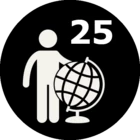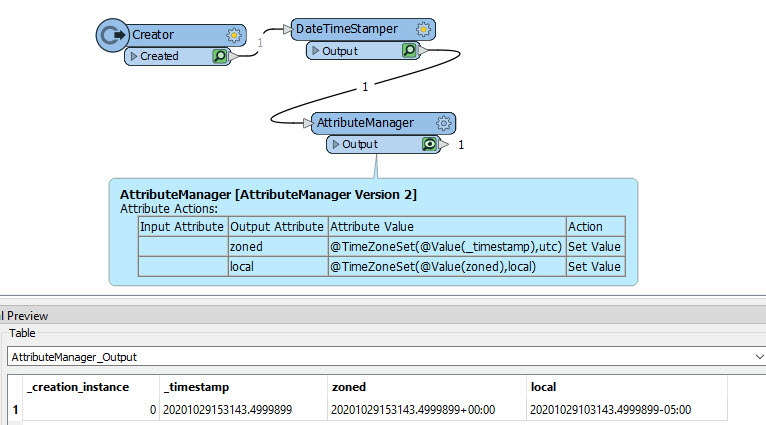Hello,
In my current project, i mostly use UTC datetimes, except for one process, where we need local time (Paris).
For example, i need to convert "2020-04-29 12:00:00" (UTC) to "2020-04-29 14:00:00" (local).
To convert my UTC datetimes, I could use the rule "+01:00:00 winter" and "+02:00:00 in summer". However, the day the times changes is never the same from one year to another.
For example, in 2020, Winter time (one hour difference with UTC time) was adopted on October 25th, and Summer time (two hours difference with UTC time) was adopted on March 29th. In 2021, Winter time change will be adopted on October 31st and Summer time will be adopted on March 28th.
Moreover, the conversion will not occur at the specified datetime ! This conversion could be run six months later, a year later… because we are processing data long after it was created. So I can not rely on the time of the computer doing the calculs to compute a time difference.
I need to avoid any manual intervention, that could lead to a human mistake, on the process, so the conversion must be fully automated.
Is there a way to automatically convert my UTC datetimes to Paris datetimes ?
I tried looking at the DateTimeConverter transformer, but it seems only formats are manipulated, and not conversion.







